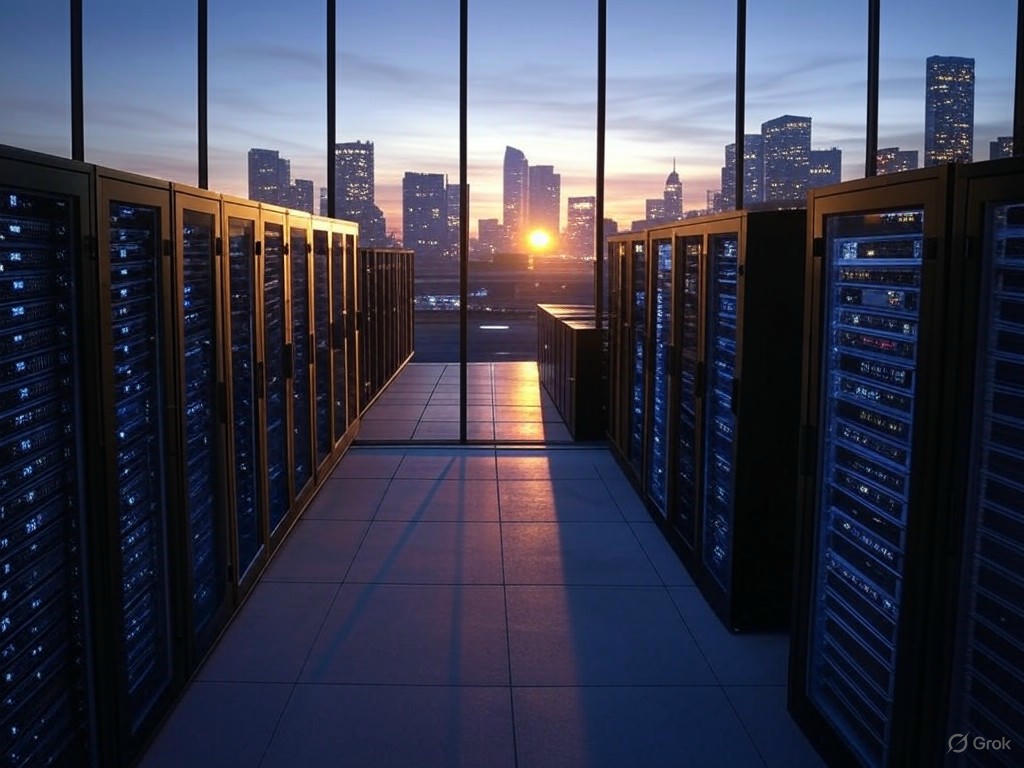Power Hungry: How Data Centers Are Straining U.S. Electric Grids
In an era where digital infrastructure underpins nearly every aspect of modern life, a startling concern has emerged from the heart of the U.S. energy sector. A leading federal regulatory body has issued a stark warning about the growing burden that massive data centers are placing on the nation’s electric grids. These facilities, which power everything from cloud computing to artificial intelligence, are consuming electricity at an unprecedented rate, raising alarms about the stability of power supply systems across the country.
The surge in demand for data storage and processing has been driven by the rapid expansion of tech giants, streaming services, and businesses transitioning to cloud-based solutions. Data centers, often sprawling complexes filled with servers running 24/7, require enormous amounts of energy not only to operate but also to cool their equipment. This relentless energy appetite is creating significant challenges for grid operators, who must balance supply and demand in real time to prevent outages. The regulatory agency’s recent statement highlights that this issue is no longer a distant concern but a pressing risk that could disrupt power reliability in the near future if left unaddressed.
Several factors are exacerbating the situation. The rise of cryptocurrency mining, which relies heavily on data centers for complex computations, has added another layer of strain. Additionally, many of these facilities are clustered in specific regions, creating localized pressure points on the grid. In some areas, the demand from data centers alone has outstripped the growth of residential and industrial consumption combined. This uneven distribution of energy needs complicates the task of upgrading infrastructure, as utilities grapple with limited resources and long timelines for building new power plants or transmission lines. Moreover, the push for renewable energy integration, while critical for sustainability, introduces further variability into the grid, making it harder to meet the constant, high-intensity needs of data centers.
Looking ahead, the implications of this energy crunch are profound. Businesses reliant on uninterrupted digital services could face operational hiccups if power shortages occur, while consumers might bear the brunt of rising electricity costs as utilities invest in grid enhancements. The regulatory warning serves as a wake-up call for both the tech industry and policymakers to collaborate on innovative solutions. Potential measures include incentivizing energy-efficient technologies in data center design, exploring off-grid renewable energy sources for these facilities, and strategically planning their locations to avoid overloading specific grid segments.
As the digital economy continues to expand, finding a balance between technological advancement and energy sustainability is more critical than ever. The strain on electric grids is a complex challenge, but it also presents an opportunity to rethink how we power the future. With proactive steps and cross-sector cooperation, the U.S. can safeguard its power infrastructure while supporting the relentless march of digital innovation.


